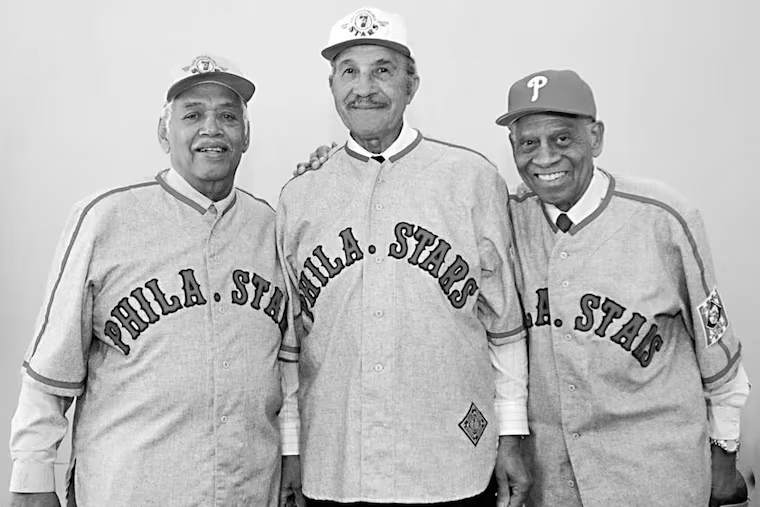Philadelphia played an important role in the development of Black baseball
Few fans today recognize the undeniably important role that Philadelphia played in the history of black baseball.

Few fans today recognize the undeniably important role that Philadelphia played in the history of black baseball.
